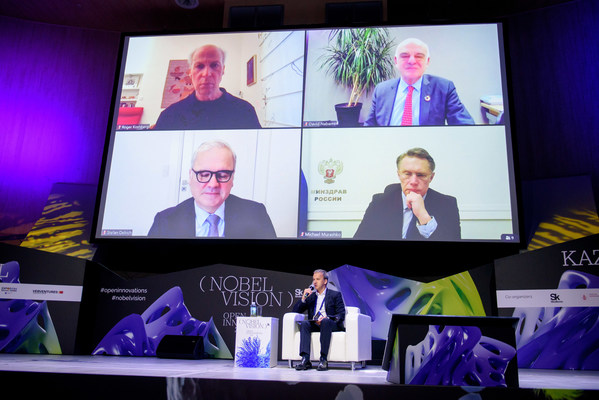Store designers and their clients can use their research chops to better understand and fight the problem of shrink, observes HFA's James Owens
BENTONVILLE, Ark., Nov. 14, 2023 /PRNewswire/ -- In addition to imagining how shoppers might use a space, it is time to think harder about how guests or employees could steal from it, too, advises a veteran store designer from HFA Architecture + Engineering.
"Good store designers know to put themselves in their customer's shoes," writes James Owens (AIA, NCARB) in a column for RetailTouchPoints. But today's growing problem of shrink "calls for a sharper focus on the 'journey' of another group entirely—retail criminals."
In the piece ("Three Design Tips for Fighting Shrink"), the HFA vice president encourages store designers to start putting more emphasis on questions such as:
- What more can be done to deter theft using store layout, customer flow, shelf height, mirrors, lighting and the placement of gondolas, merchandise and security cameras?
- What are the most customer-friendly ways to protect high-value items from smash-and-grabs?
- How can we better integrate the latest anti-theft technologies and loss-prevention research into our store designs from the outset?
Owens, whose Bentonville-based firm has provided architecture, design and/or engineering services to major names such as Walmart, Target, T.J. Maxx, Nordstrom and Walgreens, observes that skills developed on the consumer side can be reapplied to the fight against retail crime.
For example, after studying how different groups shop and move through a store, architects with patron experience-focused Matchstick by HFA might develop segmented customer profiles like "Empty Nester Dad," "Single Female in the City" or "Budget-Conscious Retiree."
In similar fashion, store designers could work with retailers to determine whether their biggest shrink problems come from "Brazen Smash-and-Grabbers" or quieter, five-finger discounts pulled off by "Sheepish Teens" or "Disgruntled Employees."
"Thieves do not exactly use the POS system, sign up for loyalty cards or freely offer their mobile numbers to get discounts," Owens writes. "But internal investigations, third-party studies by loss-prevention experts and deep dives into security footage could provide useful data, including greater clarity into a retailer's 'core shoplifters,' store by store."
More risk-averse shoplifters could be deterred by brighter lighting, lower shelves, sign-free windows or panopticon-like layouts in which they feel watched at all times. However, if brazen thievery is the problem, the retailer might need tougher measures, such as tethering high-value items to cables, or storing more merchandise in lock boxes, behind the counter or back of house.
To reduce customer waits and frustration, the design team might consider centralizing those lockboxes closer to where associates spend most of their time— "a big improvement over placing them along the back wall of the store far from the cash wrap."
He encourages designers to stay apprised of the latest technology tools created to fight shrink and points to The University of Florida's Loss Prevention Research Council as a valuable resource.
Given the severity of retail crime today, Owens also encourages designers working on new or redesigned stores to be part of the loss-prevention conversation much earlier. This could help them harmonize twin goals—deterring crooks and preserving the customer experience.
"The two are not always in conflict," he writes. "Open, light-filled, high-visibility store environments are harder to steal from without being seen, and they also happen to be more pleasing to shop."
SOURCE HFA Architecture + Engineering
 Pages you might like
Pages you might like








 Latest information
Latest information
 Follow official account
Follow official account
 Online support
Online support
 鄂ICP备2022017323号
鄂ICP备2022017323号
 鄂公网安备 42018502006493
鄂公网安备 42018502006493
 Launch Exhibition
Launch Exhibition
 Release information
Release information



 Today's topic
Today's topic








